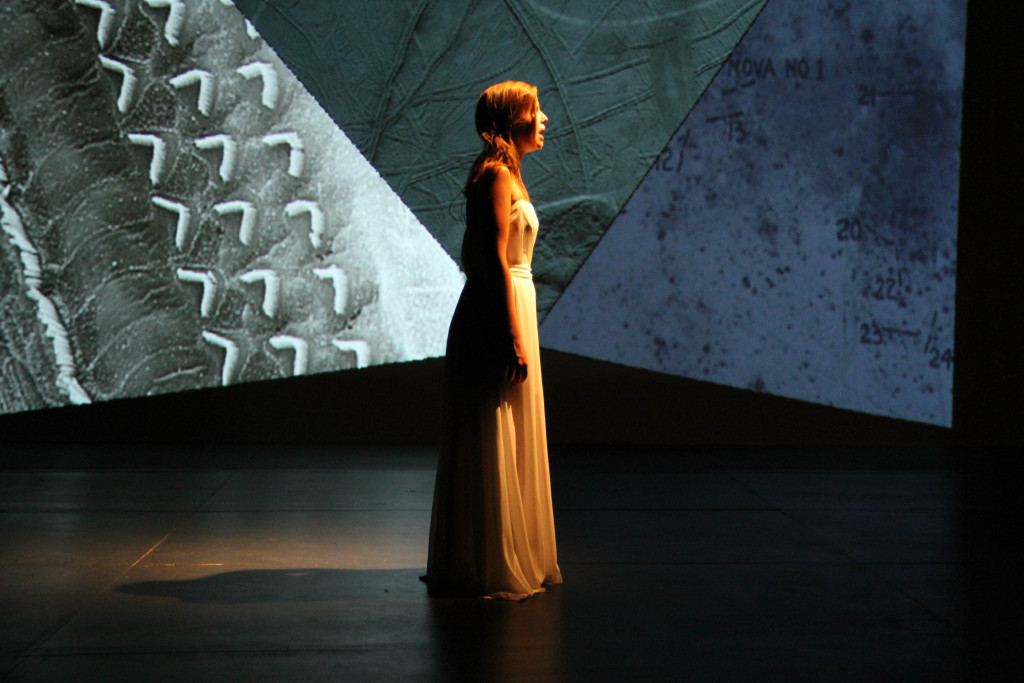In Steven Johnson‘s upcoming book, Wonderland: How play made the modern world, he includes a chapter on the connection between musical instrument design and technological innovation. In this episode of his Wonderland podcast, he asks how and why it is that some experimental sounds find their way into the musical mainstream. With special guests Brian Eno, Alex Ross, Caroline Shaw, Carla Scaletti, and Antenes.
Month: September 2016
Resistance & irritation in Berlin
So-called new music is an aesthetic of resistance, of irritation, and self-reflection. In contrast to the visual arts, in which abstract and contextual works have long been accepted as a matter of course, the analogous musical experience continues to be difficult. So Schoenberg’s prognosis that his works would be understood 50 years down the road has remained illusory.

Bruno Liberda is a composer, promoter and performer. His lecture UNERHÖRT! 3000 (0) years new music is a tour de force through the history of sound systems, instrument developments and notation, and leads us to a new focus on hearing.
Text and Lecture: Bruno Liberda
Idea, development and scenic means: Fanny Brunner
A co-production of dreizehnterjanuar Wien and Wiener Klangwerkstatt. Funded by the Austrian Cultural Forum Berlin
TMIE — mediating the inner and outer sound worlds
Carlos Alberto Augusto’s new opera “TMIE, on the threshold of the outside world†just had a successful premiere in Lisbon on Thursday September 8th, 2016, at the O’culto da Ajuda; so successful in fact, that they added two additional performances! Apparently, the sound quality of the 10-track Kyma-generated score also attracted attention and appreciation from composers in the audience.
The 51 minute work was entirely composed in Kyma and is dedicated to Portuguese soprano Marina Pacheco who performs three roles over the course of the opera — Meretseger, who loves silence; Selene, who drives her silver chariot through the skies and vibrates to the beats of the stars; and Corypheaus who listens and tries to interpret their dialog.
The TMIE gene (Transmembrane Inner Ear) is implicated in the development of the cochlea and in the synthesis of a protein that mediates between the outer acoustic environment and the inner sound world of the auditory nerve and the auditory cortex of the brain; in the opera, TMIE serves as a metaphor for the interface between the inner and outer self.
For more details and contact information on how to program this work, please see Augusto’s fascinating program notes and news site.
